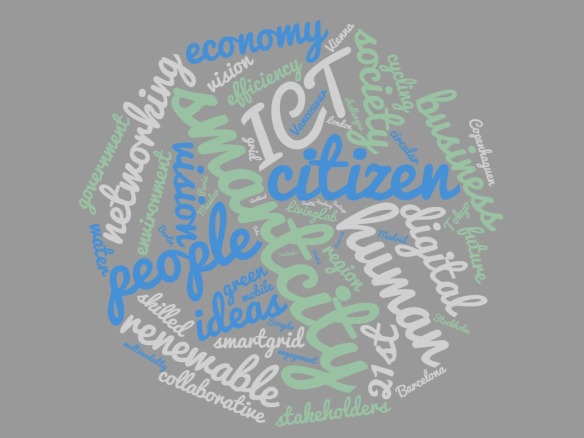
ICT technologies are very useful tools for the construction of the 21st century city, however by themselves do not provide the desired “intelligence”. Image by Henry Marsh under CC0 License at Pexels
The Council of Vilagarrina (*), fully aware of the importance of the environment and with the clear intention of becoming a smarter city, has recently acquired three cutting-edge digital environment stations to control the quality of the air in three differents points of interest of the municipality. A consulting company has developed the whole solution, that implements an advanced wireless communications system between the stations and the municipal data center, as well as an internal web application in which city officials can consult the stored data. Finally, the developed solution implements a web service that allows to show in the City Council’s website the latest data acquired by each one of the stations. This solution, that makes use of the last technologies at each stage of the technological chain, is a clear example of how technology itself does not provide intelligence to the management of a urban space. Welcome to the gadget city!
It is important and very interesting to have this information, but it must be treated and analysed so that it can provide the desired “intelligence”. At this point the question is, what steps should follow the Council of Vilagarrina to move towards the Smart City? Continue reading →





